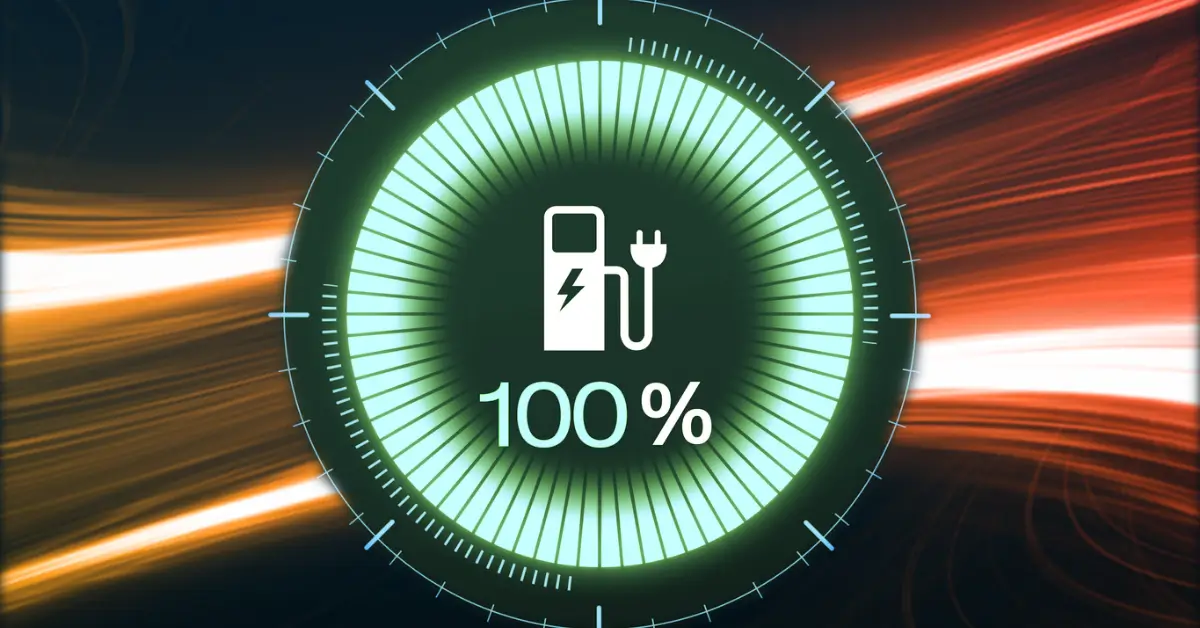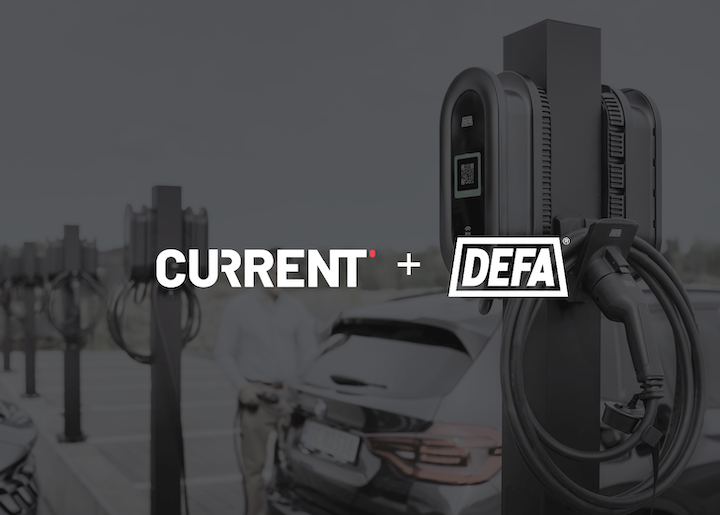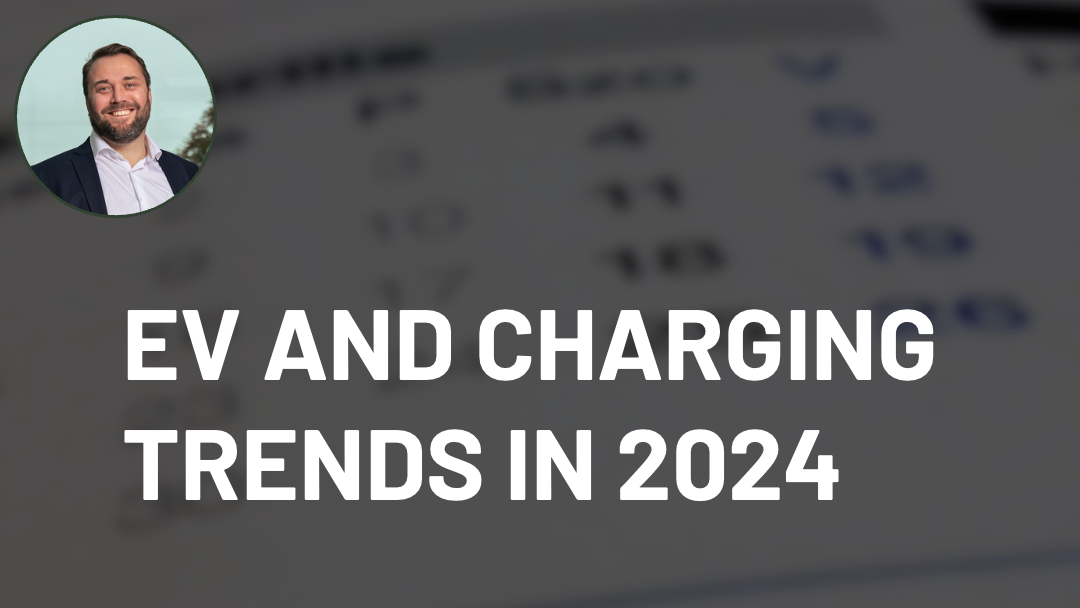
The zero-emission revolution is well underway, and electric vehicles (EVs) play a very important role in decarbonization. The power required to charge them is significant, but Vehicle-to-Everything (V2X) charging technology takes the strain off the energy grid by using an EV as energy storage. This energy can then either be sent back to the grid or used to power offices, homes, personal mobility devices, and more.
As electric vehicle numbers continue to grow, more power capacity will be needed to charge them – but there will also be more opportunities to help power networks balance energy demand. Through Vehicle-to-Grid (V2G), stored energy sourced from EV batteries is unlocked, ready to be used when demand is at its peak, flattening energy spikes.
What is V2X?
Bidirectional Vehicle-to-Everything (V2X) technology permits the charging of any appliance, device, vehicle, or item by energy stored in EV batteries. But V2X has more applications and could even power buildings, which could include:
- a home
- a workplace
- a community or other building
It’s here where the benefits of V2X and V2G technologies can be most readily seen. At times of increased power demand, V2X helps balance the requirement to send energy where it’s needed the most. You can charge your car overnight for example, and then use that cheaper energy to power your home during the day or at times of peak demand. An EV that is charged by solar can also send power back to the home at night or back to the grid itself, increasing the use of renewable energies.
Through the use of smart charging solutions, these ‘fill-in’ power demands can be met automatically. Dynamic load management examines and adjusts the amount of power within a set boundary – for example, at a charging station or grid connection. It can be used to avoid overloading the grid system, preventing new peak demands, and electricity utilization can be optimized by dynamic load management, or by the use of charging profiles and scheduled charging sessions.
Charge smart with CURRENT
The CURRENT cloud-based SmartCharge platform is an end-to-end EV charging and energy management solution using the hardware-agnostic Open Charge Point Protocol (OCPP). SmartCharge offers complete infrastructure and smart energy management — including dynamic load balancing — and unlocks the monetization of current and future grid infrastructure.
This allows users to manage energy use and peaks can be controlled using dynamic load management. Norway’s first V2G charging system uses CURRENT technology, showing just how powerful the V2X solutions could be in other parts of the world. This could be of particular use in the UK, where the grid is based around fossil fuel technologies and will have to be reconfigured to handle more low-carbon solutions.
Smart charging for a smart future
Intelligent energy management is critical. Utility companies can implement a smart EV charging management platform to generate profits and new revenue streams by building and operating a public charging network to increase both kWh sales and customer loyalty. EV chargers can also be used as distributed energy assets to open exciting new market opportunities.
Other benefits include:
- High return on investment with low maintenance costs
- Open and future-proof EV charging network
- Support for a wide range of EV chargers
- Remote EV charger health monitoring and maintenance
- Setting of user accounts and rules
- Quick arrival to market
The entire charging station management is automated, so you don't need people on site. This saves money and remote management also means the vehicles that need to be used the soonest can be charged as a priority.
Distribution network operators (DNOs) also see advantages – aggregated consumption on a transformer level ensures that transformers won’t overload. Using stored EV battery energy at high times of demand avoids the need for expensive capacity upgrades by utility companies, too. Aging grids are also protected by the shaving of peak demand by consumers using stored EV electricity, and these end-users vehicles will always be charged when they need them. They can also take advantage of cheaper energy tariffs and use that cheaper energy to power their homes.
Electric vehicle numbers – and therefore their charging needs – are growing. The UK has seen an 88.3% rise in the numbers of EVs registered from January 2022 to April 2022, compared to the same period in 2021. In Europe, EV sales grew by 93% from 2018 to 2019, and EVs are projected to account for 81% of new plug-in vehicles sold globally by 2030.
Energy companies that welcome this advancing technological shift will both save money and boost revenue streams. Electric vehicle batteries are a cost-efficient energy storage solution and V2X could mean no additional expenditure is needed on infrastructure.
If you’d like to find out more about how V2X and dynamic load management could support your business, get in touch here.




